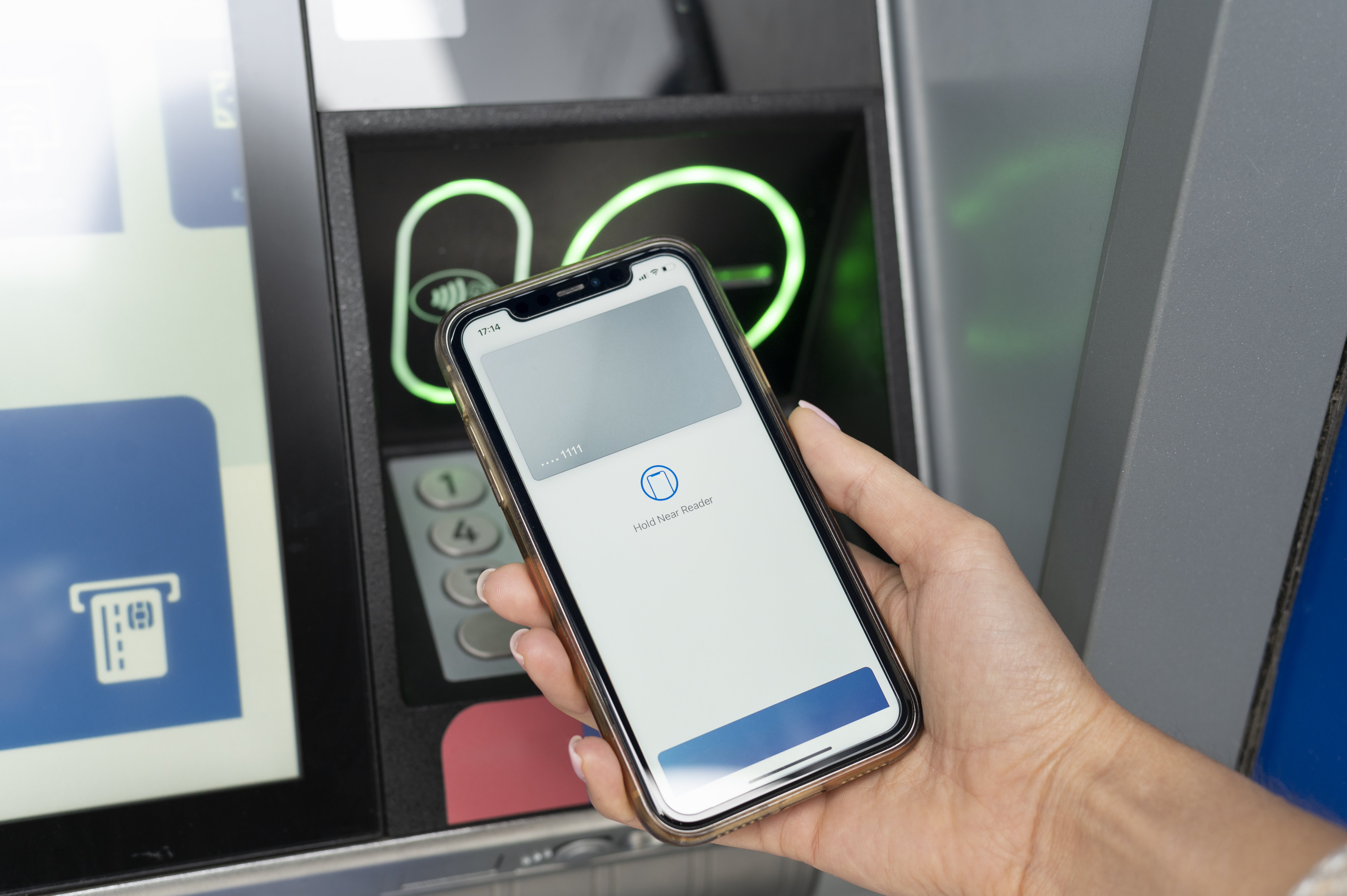
What is Financial Inclusion? Types and How it works?
Financial inclusion refers to efforts aimed at making financial products and services accessible and affordable to all individuals and businesses, regardless of their size or income level. The core objective is to remove barriers that exclude people from participating in the financial system and to empower them to improve their economic well-being.
Table of Contents
1. What is Financial Inclusion in India?
2. Examples of Financial Inclusion
3. Types of Financial Inclusion
4. Importance of Financial Inclusion
5. How Does Financial Inclusion Work?
6. Challenges of Financial Inclusion
7. Risks Associated with Financial Inclusion
8. Conclusion
9. FAQs on Financial Inclusion
What is Financial Inclusion in India?
According to the Committee on Financial Inclusion (Chairman: Dr. C. Rangarajan), financial inclusion in India means providing vulnerable groups—such as economically weaker sections and low-income individuals—with timely and affordable access to essential financial services like credit, savings, insurance, and payment systems.
Examples of Financial Inclusion
1. Pradhan Mantri Jan Dhan Yojana (PMJDY): Offers zero-balance savings accounts and RuPay debit cards with accident insurance to unbanked households.
2. Digital Payment Platforms: BHIM, Aadhaar Pay, and e-wallets enable digital transactions for goods, services, utility bills, and mobile recharges.
3. Bank on Wheels: Mobile banking vans that deliver banking services to remote villages.
4. Banking Kiosks: Installed in unbanked villages to provide basic financial services.
5. Alternative Credit Scoring: Uses non-traditional data like utility bills and rent history to offer credit.
6. Microcredit Products: Support self-employment by enabling financially excluded individuals to become micro-entrepreneurs.
Types of Financial Inclusion
1. Banking Inclusion: Access to basic banking facilities like savings accounts, deposits, and loans.
2. Credit Inclusion: Availability of credit, especially microloans, to individuals with limited or no credit history.
3. Insurance Inclusion: Affordable access to life, health, and microinsurance products.
4. Payment Inclusion: Enablement of cashless transactions through digital payment systems.
5. Savings Inclusion: Access to savings accounts and digital savings tools for financial security.
6. Digital Financial Inclusion: Use of fintech innovations to serve those outside traditional banking systems.
7. Geographical Inclusion: Delivery of services to remote areas through mobile agents and branchless banking.
Importance of Financial Inclusion
1. Poverty Reduction
Increased financial access reduces extreme poverty by equipping individuals with tools to build, manage, and grow their wealth.
2. Financial Security
Provides access to formal financial services like health insurance, pensions, and savings, fostering financial resilience.
3. Generational Wealth
Helps people accumulate and transfer assets, fostering long-term economic security for future generations.
4. Reduced Government Assistance Costs
With better financial access, individuals rely less on government aid, reducing public spending on welfare programs.
5. Reduced Economic Inequality
Evidence shows that financial inclusion significantly decreases income inequality across regions.
6. Boosts Entrepreneurship
Access to affordable credit empowers small business creation and drives local job generation.
7. Community Well-being
Improved access to clean water, education, sanitation, and healthcare via digital financial services boosts community development.
8. Economic Growth
Promotes higher productivity, savings, and investments, contributing directly to national GDP growth.
9. Women Empowerment
Financial independence allows women to invest, save, and contribute more significantly to household income and community development.
How Does Financial Inclusion Work?
Financial inclusion focuses on making financial services accessible, affordable, and responsible for everyone.
1. Access: Provision of banking, credit, insurance, and digital financial tools.
2. Affordability: Services are low-cost and tailored to various income levels.
3. Accountability: Providers operate ethically and transparently.
4. Competition: Encourages innovation and reduces costs for users.
5. Regulation: Stable legal frameworks ensure consumer protection and institutional integrity.
Challenges of Financial Inclusion in India
1. Low Financial Literacy: Many, especially in rural areas, lack the knowledge to use financial products effectively.
2. Digital Divide: Poor internet access and limited smartphone penetration hinder digital banking adoption.
3. Gender Disparity: Cultural norms and mobility issues limit women’s financial participation.
4. Inadequate Infrastructure: Rural areas often lack bank branches, ATMs, and digital access points.
5. High Costs: Service fees and interest rates remain unaffordable for low-income users.
Risks Associated with Financial Inclusion
1. Consumer Protection Risks
Uneducated users may fall prey to fraud or poor financial decisions. This calls for strong onboarding, awareness, and financial education.
2. Operational Risks
Engaging with new partners or intermediaries may lead to fraud, legal issues, or reputational damage if due diligence is lacking.
3. Strategic Risks
Not all initiatives succeed—failures can stem from poor planning, wrong targeting, or regulatory shifts.
4. Financial Risks
Lack of accurate data on low-income borrowers can lead to defaults, impacting both lenders and overall financial stability.
Conclusion
Financial inclusion is the key to equitable economic development. It ensures that even the most disadvantaged have access to tools like savings accounts, credit, insurance, and digital payments. These empower individuals to manage their finances, build wealth, and contribute meaningfully to the economy.
FAQs on Financial Inclusion
Q1. What is meant by financial inclusion?
It refers to providing individuals and businesses with accessible, affordable, and responsible financial products and services.
Q2. What is financial inclusion as per RBI?
RBI defines it as the process of ensuring access to appropriate financial products and services at affordable costs in a fair and transparent manner to all, especially vulnerable groups.
Q3. What are the pillars of financial inclusion?
The six pillars include:
1. Universal Access
2. Basic Services
3. Access to Livelihood
4. Financial Literacy
5. Customer Protection
6. Stakeholder Coordination
Q4. What are the 4 P’s of Inclusion?
Presence, Proactiveness, Persistence, and Passion.
Q5. What are the 4 C’s of Financial Management?
Cash flow, Credit, Customers, and Collateral.
Q6. Major Financial Inclusion Schemes in India?
- Pradhan Mantri Jan Dhan Yojana (PMJDY)
- Atal Pension Yojana (APY)
- Pradhan Mantri Vaya Vandana Yojana (PMVVY)
- Stand Up India Scheme
- Pradhan Mantri Mudra Yojana (PMMY)
- Pradhan Mantri Suraksha Bima Yojana (PMSBY)
- Sukanya Samriddhi Yojana
- Jeevan Suraksha Bandhan Yojana

















